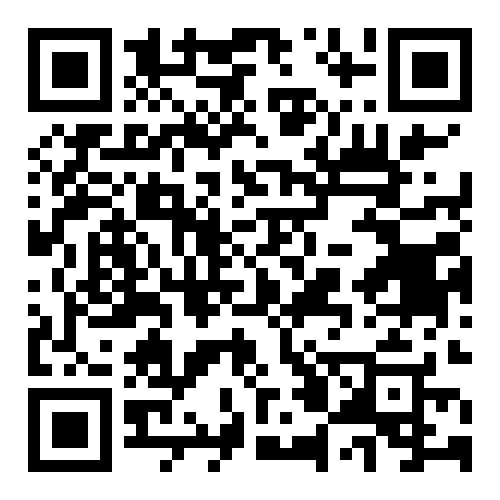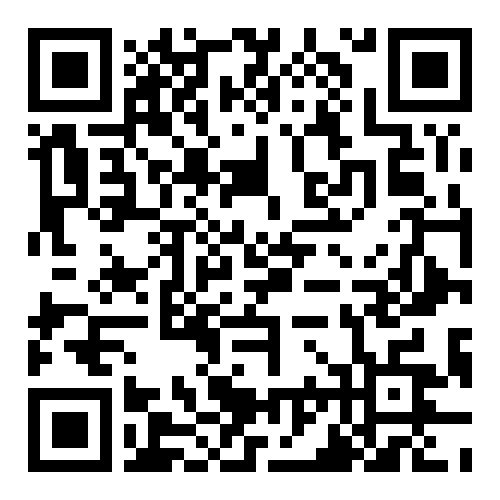Possible UPSC Prelims / Mains Questions
- Prelims: With reference to India–Syria relations, consider the following statements:
- India evacuated its nationals from Syria in December 2024.
- India’s first post-Assad official visit focused on defence cooperation.
Which of the statements given above is/are correct?
- Mains (GS II – IR): “India’s calibrated re-engagement with Syria’s post-Assad transitional regime reflects both humanitarian and strategic considerations.” Discuss.
- Mains (GS II – IR): Evaluate the opportunities and challenges for India’s pharmaceutical industry in conflict-affected West Asian states, with special reference to Syria.
Quick Outline of Key Facts
| Item | Details |
| Delegation head | M. Suresh Kumar, Joint Secretary (WANA), MEA |
| Dates / venue | 15 July 2025, Damascus |
| Syrian interlocutors | FM & Expatriates Minister Asaad Al-Shaibani; Health Minister Musab Al-Ali |
| Focus areas | 1) Pharmaceutical manufacturing
2) Medical & nursing training 3) Doctor exchanges & drug exports 4) Scholarships for Syrian students 5) Specialised engineering programme for Syrian officials |
| Political backdrop | • Bashar al-Assad regime toppled on 8 Dec 2024 by coalition led by Ahmed Hussein al-Sharaa
• Interim constitution adopted 13 Mar 2025; legislative polls due Sept 2025 |
| India’s actions since Dec 2024 | • Evacuated 77 Indians (10-11 Dec 2024)
• Called for “peaceful & inclusive Syrian-led process” (9 Dec 2024) |
| Historic ties | Robust India–Syria relations for >50 yrs under Hafez & Bashar al-Assad |
Summary
In the first high-level contact with Syria’s post-Assad administration, India has dispatched a senior Ministry of External Affairs delegation led by M. Suresh Kumar, Joint Secretary (West Asia & North Africa), to Damascus. Kumar—formerly India’s chargé d’affaires in Islamabad—met Foreign Minister Asaad Al-Shaibani and Health Minister Musab Al-Ali on 15 July 2025. The talks signalled New Delhi’s intent to re-engage systematically with the transitional government headed by Ahmed Hussein al-Sharaa, which assumed power after ousting President Bashar al-Assad on 8 December 2024.
According to Syrian news agency SANA, discussions centred on revitalising bilateral cooperation “in the interests of both peoples.” Health collaboration dominated the agenda. India offered partnerships in pharmaceutical manufacturing, expanded drug exports, and structured medical-nursing training modules for Syrian professionals. Delhi also proposed a dedicated scholarship scheme for Syrian students and a bespoke engineering-capacity programme for government employees—part of its long-standing ITEC framework. Minister Al-Ali expressed Damascus’s eagerness to leverage Indian expertise to rebuild Syria’s health sector and secure an affordable supply of essential medicines, while Kumar reaffirmed India’s readiness to finance specialised training and sustain doctor-exchange initiatives.
The outreach comes after two decades of strong India–Syria ties under the Assad family, marked by political support in multilateral forums and developmental assistance. The abrupt regime change forced New Delhi to recalibrate. Within 48 hours of Assad’s fall, India evacuated 77 nationals and called for a “peaceful and inclusive Syrian-led political process.” Since then India has monitored the volatile context, noting the adoption of a new interim constitution on 13 March 2025 and preparations for parliamentary elections in September.
Strategically, early re-engagement serves multiple purposes: (i) safeguarding India’s legacy interests in Syria and West Asia; (ii) positioning Indian pharma and skill-development sectors to benefit from Syria’s post-conflict reconstruction; (iii) signalling India’s commitment to capacity-building rather than military involvement; and (iv) preserving autonomy in Middle-East diplomacy amidst great-power competition. The visit underscores the MEA’s calibrated, step-by-step approach—engaging at the senior-official level before any ministerial exchange, prioritising humanitarian and developmental domains over sensitive political or security dossiers.
Significance to the UPSC Exam
- GS II – International Relations: Illustrates India’s West Asia policy dynamics, civil-conflict transitions, evacuation diplomacy, and development partnership instruments (ITEC, scholarships).
- GS III – Economy / S&T: Highlights export opportunities for India’s pharmaceutical sector and healthcare technology in fragile states.
- Essay / Ethics: Provides a case for discussing “ethics in foreign policy” and balancing strategic interests with humanitarian aid.
- IR Current Affairs Backbone: Offers empirical data for answer enrichment on India’s engagement with conflict-affected regions, useful for both Prelims facts and Mains analytical questions.




